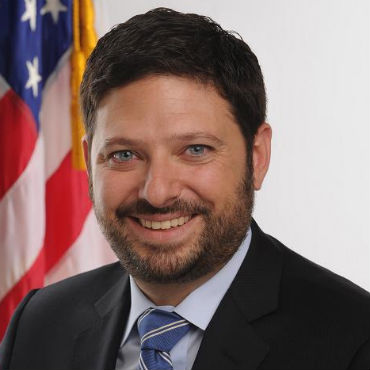Teaching feds not to fear the FAR

How HHS is trying to innovate without breaking the rules for federal contracting.

HHS Chief Technology Officer Bryan Sivak has created a Buyers Club program to help map paths through the Federal Acquisition Regulation for innovative procurement.
From the General Services Administration's 18F technology incubator and Health and Human Services' emerging Buyers Club program to the Office of Management and Budget's TechFAR guide, federal procurement officials have been busy rolling out plans aimed at reshaping the way government thinks about buying and developing IT.
Those officials are hoping the programs will spur the conservative, risk-averse federal procurement culture to more keenly navigate existing regulations and take more chances in IT acquisition.
The dense Federal Acquisition Regulation (FAR) issued by the Department of Defense, GSA, and NASA, is a primary target of the programs. More than a few federal officials and technology vendors have grown disillusioned with the FAR – or rather with how it has been used -- arguing that it is wielded far too conservatively and is offers far more room for innovative than it's given credit for.
Frustration with stagnant, staid FAR thinking spurred Health and Human Services to develop its Buyers Club program this spring. HHS officials talked publicly about development of the program in May, rolled out a Buyer's Club web site June 24 and plan to accelerate the effort in the coming months, Bryan Sivak, HHS chief technology officer, told FCW.
Sivak said the program's goal is to blaze new trails through the FAR that HHS contracting officers can follow to more efficient, innovative and successful IT procurement. Citing a Standish Group study that estimated roughly 90 percent of federal IT procurements valued at over $10 million fail, Sivak said it was obvious old thinking was not cutting it. "Even if that estimate is a little on the high side, the numbers are still too way too high," he said. "With those numbers, what's the risk of trying to do something new?"
Through the Buyers Club program, HHS wants to develop detailed templates, checklists and other guidance documents that contracting officers and program managers can bring to bear to more creatively and efficiently traverse the FAR.
'Flexibility in the FAR'
The White House Office of Management and Budget is developing a document, the TechFAR, with a broader reach across federal agencies.
Although it's a couple of months behind schedule in introducing the publication, Matthew Blum, associate administrator of OMB's Office of Federal Procurement Policy, said the TechFAR "is an effort to make sure the [FAR] speaks to contracting officers, program people and lawyers."
In remarks at a recent forum on government-wide acquisition contracts in Washington, Blum defended the FAR against accusations that it crushes innovation. "There is a lot of flexibility in the FAR," he said. "The challenge is, it isn't used within the [procurement and acquisition] culture. TechFAR isn't new regulation. It's guidance on how to tease out the FAR's flexibility."
The efforts come after federal CIO Steven VanRoekel outlined his "smarter IT delivery agenda" to Congress in May. VanRoekel has been working to encourage agile, private-sector development techniques and to better align federal IT development with advancing technology.
"You're seeing private sector-markets and models rapidly shifting in society, and government procurement should also stay up-to-date and current as markets and models change," Mark Naggar, a procurement advisor for HHS Buyers Club, told FCW via email. "We're trying to take advantage of, and align ourselves with, newer models better aligned with private industry (i.e. crowdsourcing, proof of concept, agile processes, design thinking, and incentive prize tools). The HHS Buyers Club, as we indicated, is a way to educate our audiences and better align ourselves to operate the way the private sector does, but still stay within the confines of federal law and regulations."
Sivak said in May that he had borrowed Naggar from the Centers for Disease Control and Prevention's procurement operations after being impressed by Naggar's creative approach to IT procurement.
Naggar noted a few more examples of innovation engines in federal procurement that might be hiding in the FAR's shadows.
He said that the 2010 America Competes Act, though separate from the FAR, opened the door to current reform efforts by creating Challenge.gov. The law and subsequent website provide all agencies with broad authority and a clear legal path to conduct prize competitions.
Naggar also pointed out that crowdsourcing websites like 99Designs, elance, odesk and others can be used by federal agencies under the FAR through simple Purchase Card payment because they cost less than $3,000 to use.
"This market is changing so rapidly and is so new that people aren't familiar with them, and [those sites are] a wonderful strategic sourcing tool with amazing value," he said. "We can pay less than $1,000 for graphic designs, get them in less than a week, and have hundreds to choose from amongst 30 or more designers compared to hiring one firm who could charge so much more and offer more limited designs in more time."
NEXT STORY: Government contests come of age


